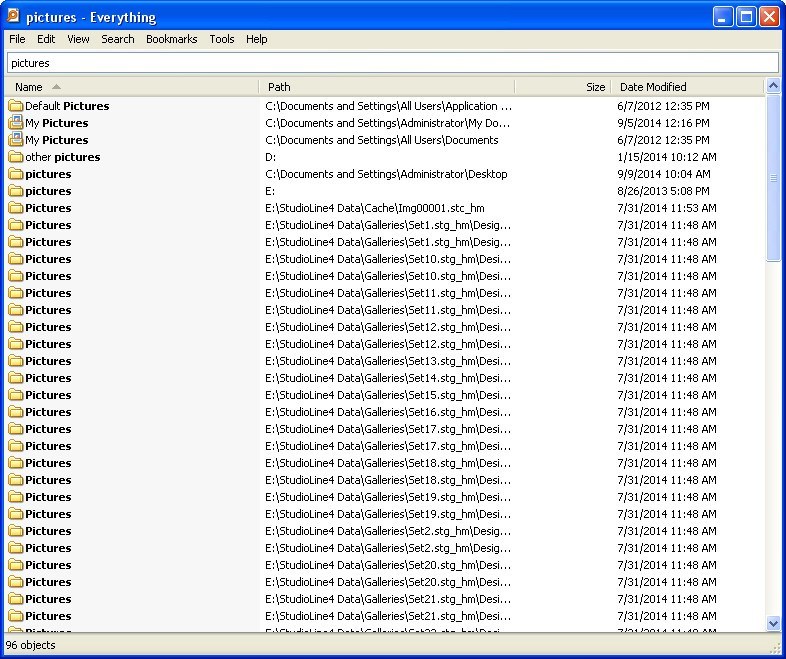
Browse for it in an Explorer window, select the file in question and click the 'History' button on the Home tab of the ribbon to see a list of previous versions of the file, before restoring the one you want. It's just as simple to restore an earlier version of a file.

From here, you can browse your backups by location or library, or search for specific content. Firstly, if you want to restore lost or accidentally deleted files, click 'Restore files from a current backup' in the 'More options' section of File History. There are two ways to recover your files. Once you've got everything set up, click 'Turn on' (if it's not automatically done for you) and File History not only starts backing up your files, but backs up different versions of them, too, giving you the option to roll back through your files to earlier revisions, which can be really useful. You can then choose ‘Exclude folders’ from the ‘More options’ screen if you want to remove certain folders from the backup. You can also rely on the File History tool on older builds of Windows 10 – if you want to back anything up with that, add any files you want to back up in one of your libraries. To access it, click Start > Settings > Update & security > Backup, then follow the step-by-step guide later on in this feature to set it up to work with your backup drive, whether that's an external USB drive, a network share or network attached drive.īy default, starting with the Windows 10 April 2018 update, Timeline automatically backs up all the content from your libraries, contacts, favorites and more. When it comes to backing up your files, the File History tool is your first port of call. The good news is that backing up your files couldn't be easier, and the tools you need are provided in Windows 10 itself.


 0 kommentar(er)
0 kommentar(er)
